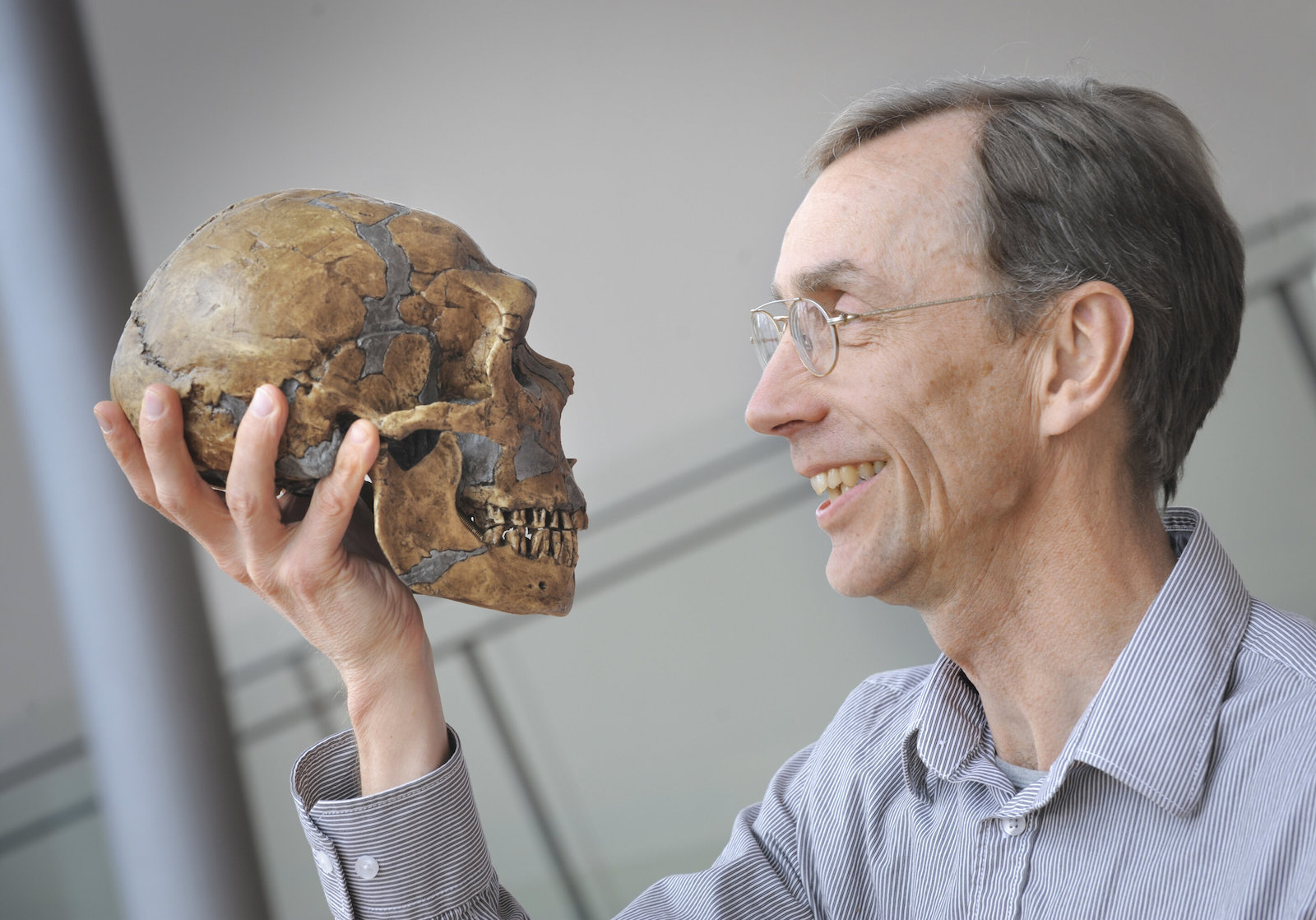Nobel prize in medicine awarded to geneticist who sequenced Neanderthal genome
Svante Pääbo's research is vital in our understanding of how humans came to dominate the Earth

The 2022 Nobel prize in physiology or medicine has been awarded to a Swedish geneticist who traced the evolution of modern day humans from the DNA of our close extinct relatives.
Svante Pääbo, a director at the Max Planck Institute for Evolutionary Anthropology in Leipzig, Germany and one of the founders of the field of paleogenomics, is set to receive the 10 million Swedish krona ($900,500) prize for his pioneering work on the evolution of hominins, relatives of humans more closely related to us than chimpanzees, the Royal Swedish Academy of Sciences in Stockholm announced Monday (Oct. 3).
By surmounting the immense technical hurdles presented by the degradation of DNA across tens of thousands of years, Pääbo sequenced the genome of one of our closest extinct relatives, the Neanderthals (Homo neanderthalensis), and helped make the spectacular discovery of another previously unknown hominin, the Denisovan. Pääbo's insights revealed that both of these species had co-existed with humans — their DNA mixing with ours after modern humans migrated out of Africa roughly 70,000 years ago.
Related: Secret cave chamber may be one of the last Neanderthal hideouts
"Humanity has always been intrigued by its origins. Where do we come from? And how are we related to those who came before us? What makes us different from hominids that went extinct?" Anna Wedell, a member of the Nobel committee for Physiology or Medicine and the Royal Swedish Academy of Sciences, said during the committee's announcement on Monday. "Like us, Neanderthals had big brains. They lived in groups and they used tools, but these changed very little during hundreds of thousands of years, until [they] disappeared.
Neanderthal bones were first discovered in a German quarry in Neander Valley in 1856, but before the invention of genetic analysis the scientists who studied them were limited to comparing their appearances with human bones. Even with the discovery of DNA sequencing, the challenge of extracting ancient genetic material for study remained immense — owing to the degradation of the material over time and contamination from bacteria and even scientists.
Pääbo developed a sophisticated toolkit of new techniques to sidestep these problems, which included extracting the mitochondrial DNA from bones in stringently sanitized clean rooms before applying statistical techniques to weed out remaining genetic contaminants. After applying these methods to three Neanderthal bones discovered across Europe, Pääbo successfully sequenced the entire Neanderthal genome in 2008.
Get the world’s most fascinating discoveries delivered straight to your inbox.
He not only discovered that humans and Neanderthals were genetically distinct, but that the two species shared a recent common ancestor who lived roughly 800,000 years ago (although the date of this last common ancestor is still debated), and that Neanderthals and Homo sapiens had also coexisted and had children together. In modern-day humans of European or Asian descent, up to 2% of DNA originates from Neanderthals.
In 2008, after peering into the genome of a 40,000-year-old bone fragment discovered in Siberia's Denisova Cave cave, Pääbo and his fellow researchers discovered an entirely new hominin — the Denisovans. This offshoot of our ancient ancestors was found to have mated with humans in eastern Eurasia, meaning that populations in Melanesia, a subregion of Oceania that includes New Guinea, the Solomon Islands, Vanuatu, New Caledonia and Fiji, and parts of Southeast Asia can carry up to 6% Denisova DNA. One of the genes inherited from Denisovans helps modern-day Tibetans survive in high-altitude, low-oxygen environments.
Wedell highlighted that Pääbo's discoveries don't just help to reveal where humans came from, but also how Homo sapiens became so successful. Neanderthals had big brains, were highly social and used complex tools, but their cultural patterns changed very little across hundreds of thousands of years until they died out about 40,000 years ago, according to Wedell. (However, there is some evidence that Neanderthals created symbolic artwork, Live Science previously reported.)
"Homo sapiens, on the other hand, rapidly developed complex cultures, figurative art and advanced innovations," Wedell said. "They crossed open waters and they spread to all parts of our planet. The basis for this dramatic development must lie in genetic changes that occurred after we separated from Neanderthals and Denisovans."
It is thanks to Pääbo's discoveries that these key genetic differences, and their implications for how Homo sapiens came to dominate the planet, await further discovery.

Ben Turner is a U.K. based writer and editor at Live Science. He covers physics and astronomy, tech and climate change. He graduated from University College London with a degree in particle physics before training as a journalist. When he's not writing, Ben enjoys reading literature, playing the guitar and embarrassing himself with chess.


